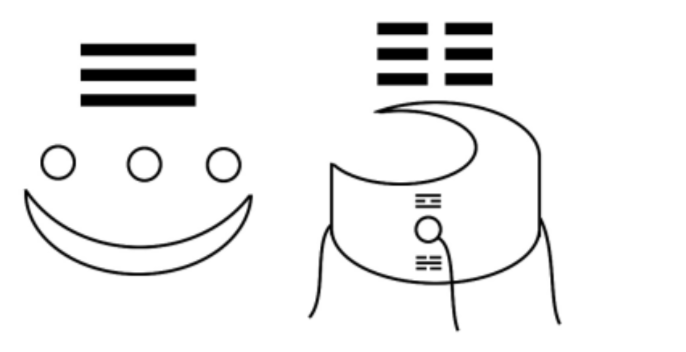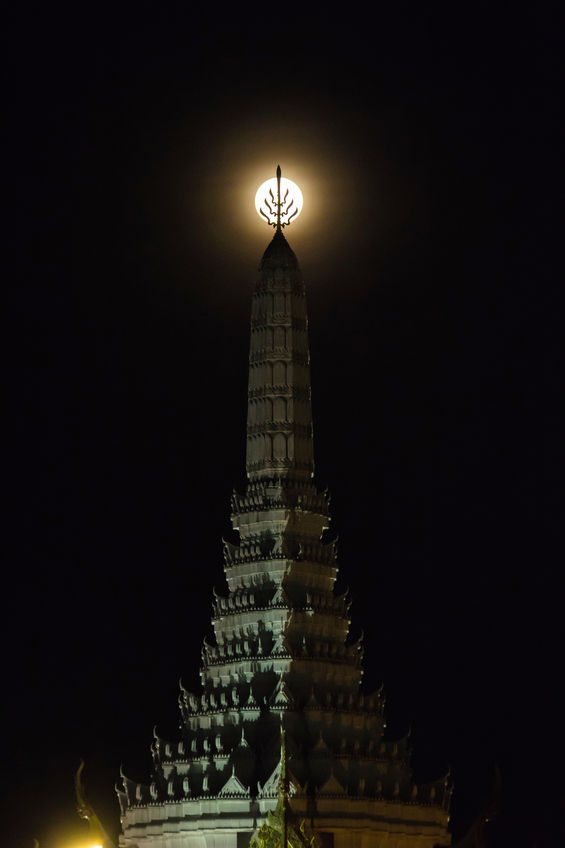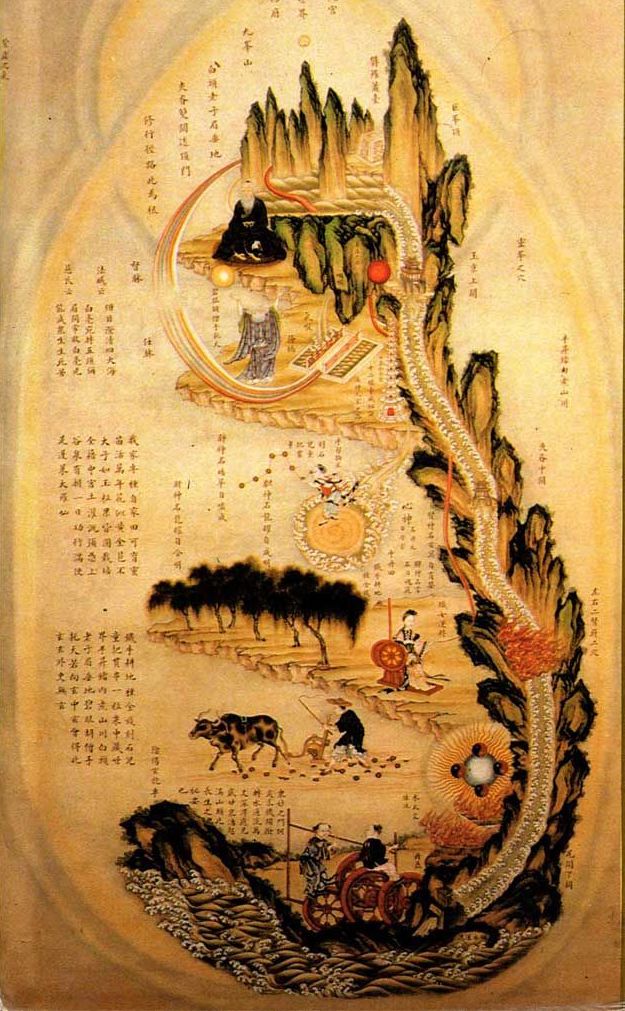The Spiritual Path
“People keep looking to higher places for divinity. True spirituality involves clearing out that which is below.”
Returning to Source
The spiritual path is, in its most literal sense, a journey towards realisation and cultivation of connection to Spirit. To the Daoists, this is a pathway of ‘returning to source’ as Spirit lay at the core of the creation process. From this place of divinity, human mind and individuated being is born and thus, a path of spirituality is one of reversal.
Traditions each come at the subject of spirituality in their own unique fashion. Though there are commonalities to the way in which they conceptualise the path, the cultural filter through which the practice is passed generates an identity which marks the system out as unique from its counterparts. Within Lotus Nei Gong, Damo’s expertise in systems such as the alchemical methods of the Northern Daoist sects and the Mahayana Buddhist methods of Chan are utilised in a practical and down-to-earth fashion. This does not mean that the systems have been modernised or watered down but, rather, that the presentation of their methods is free from the linguistic or cultural baggage which often makes the systems inaccessible to people in the West. This presentation of the methods is in line with the Quan Zhen philosophy that Chan and Daoism were as two fingers pointing at the same moon. More so than many other meditative traditions, these two often walk hand in hand due to the exchanging of teachings that took place between these two in China over the generations.
The earliest stages of spiritual development can be said to take place within the body, both its physiological and energetic aspects. From here, training develops into work with the breath and mind. This is the stage of mental cleansing known as ‘allowing the muddy waters to settle’. Various mental qualities required for effective meditative training are developed and emotional tranquillity is sought. Really, we could call this a stage of psychological development rather than ‘spiritual’ in the most literal sense but all of this work provides the platform upon which we build our spiritual practice.
The Brilliant Light of Illumination
The result of spiritual practice within Meditation is to bring realisation of the nature of Spirit or ‘True Self’. The layers of the acquired mind are peeled back like so many veils that cover the night sky from our view. Many traditions spoke of the bright light of illumination that sat at the gateway of Spirit and this is where both alchemical and older Chan methods may lead a person. Spoken of as the ‘golden light of illumination’, ‘the thousand rays of the sun’, ‘the brilliant moon over the mountain peak’ or even ‘the light of God’, the light of illumination arises when equinimity of mental activity opens the gateway to Spirit. Rather than being the be all and end all of meditation though, this is where the path really begins as this light gives access to the root of individuated manifestation. It is the ‘mysterious pass’ of Daoist practice and the place through which the awakening process may be initiated.
The sky will be pristine
Without smoke and masses of clouds; Free of darkness and dust,
Every direction will shine bright with light.
The thousand rays of the sun, Beautiful with lattice light, Profoundly deep in illumination, Will blithely rise in that land.
Stillness Through Harmony
Many traditions speak of the importance of Stillness as a place to reside within Whilst it is true that we do indeed seek this still space, what is often misunderstood is that stillness does not originate from eradication of all mental activity but rather through harmonisation of the qualities of Yin and Yang. If we were to think of these two as a set of scales, the machinations of our emotional clinging mind often tip these scales first one and then the other. rather than seek to eradicate these scales, we instead want them to be equalised so that Yin and Yang are of the same ‘weighting’. This harmonisation brings about a perceived point of statis that we call ‘stillness’. The first kind of stillness, based upon eradication of mind, leads to a kind of nihilistic emptiness, devoid of all potential. The second of stillness, which is based upon harmonisation of Yin and Yang, generates the potential for all of creation. It is as a point of inertia that gives access to the great divinity itself. The divinity of Heaven is a place of great creativity and it is by following the ‘Way of Heaven’ that the Daoists sought to connect with Spirit itself.
Alchemy
The basis of alchemical thought is that anything which is manifest at the level of mind must also be reflected at the level of energy. No one level of existence can ‘be’ separate from other corresponding realms. For this reason, the energy system must be a reflection of the mind’s quality and vice versa.

The Daoists took this understanding and thus developed their dual-system of mental refinement paired with energetic refinement. Through correct practice of this sort, a person is able to transmute various subtle eleemnts within the body and so lead awareness towards Spirit in a more tangible and involved manner. The methods taught within Lotus Nei Gong are a combination of self-inquiry and alchemical training. These are the methods primarily studied by Damo and the methods which he sees as the most direct and clear as methods of realising connection to source.
Meditation vs Energy Work
The video to the right is an episode of the ‘Scholar Sage Podcast’ where Damo is discussing the differences between and the relationship that exists between Meditation and Energy Work. Rather than being distinct methods, they should be used together as one pathway towards realisation of the source. The bridge between the energy body and the mental body must be bridged on the path of cultiavtion and this is explored as a concept. Also, dicussed are the differences between awakening, enlightnement and immortaloity, three separate stages of attainment within meditative training.


